Purim 5782 – An Unspoken Topic of Purim
In Honor of our Parents Alfred & Esther Harary by their Children & Grandchildren
Visit YTATorah.org
Shiur presented in 5777
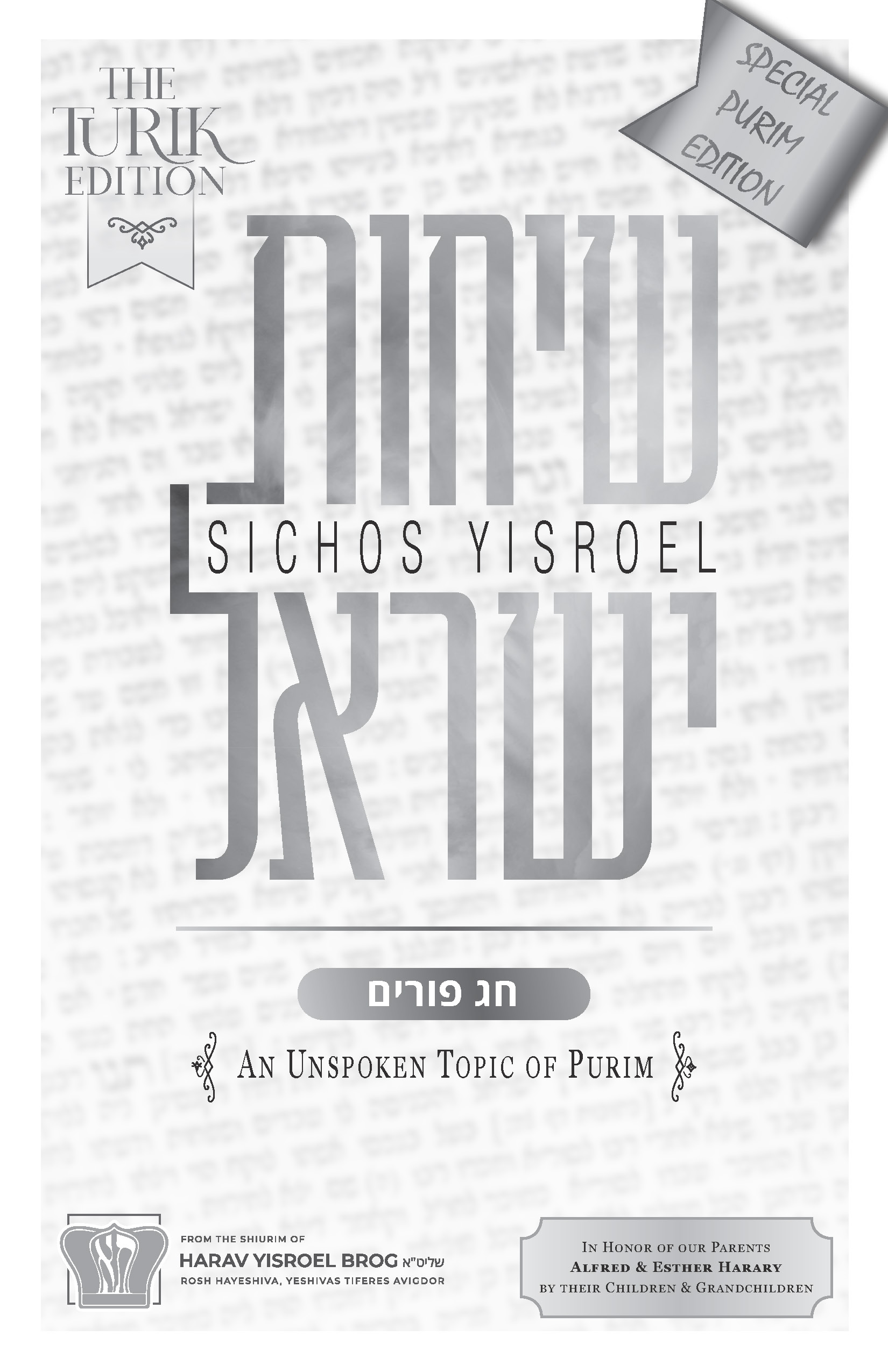
In Honor of our Parents Alfred & Esther Harary by their Children & Grandchildren
Visit YTATorah.org
Shiur presented in 5777
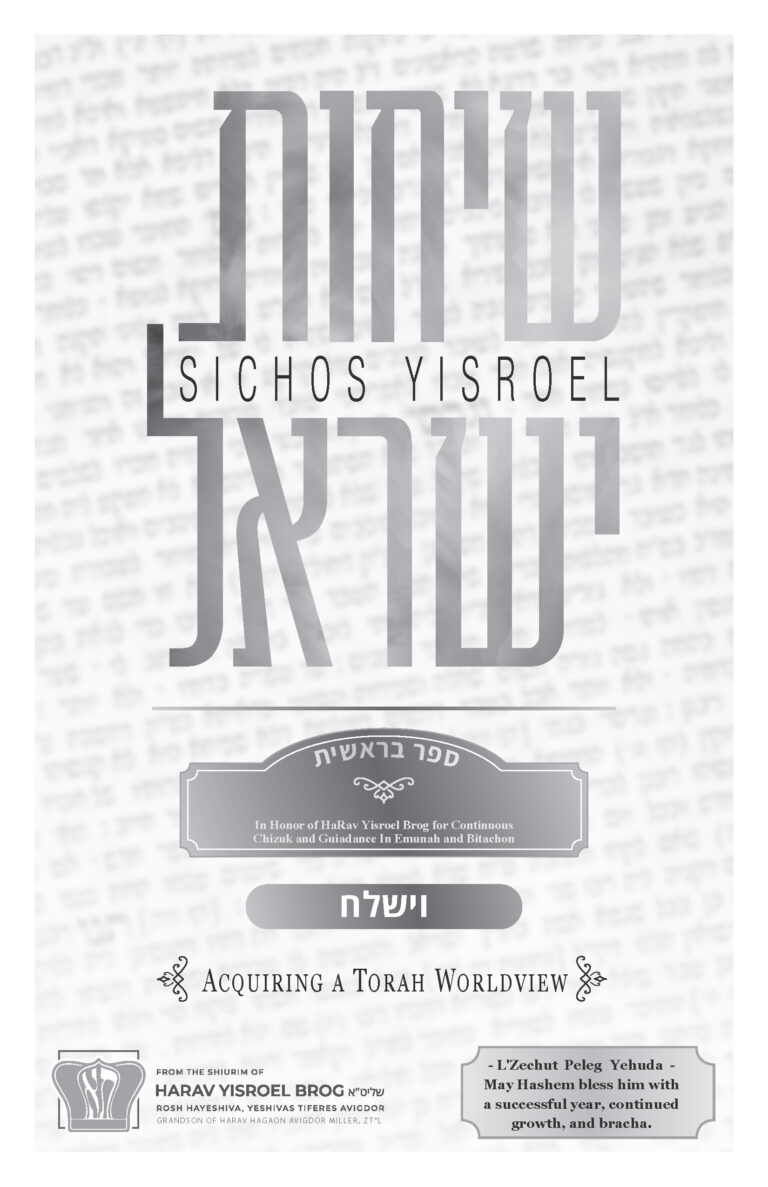
We live in a generation where the darkness is such a darkness and people have accustomed themselves to the darkness that they actually perceive as light. The passuk says, “Hashem placed the world under choshech and it became night” (Tehillim 104:20).
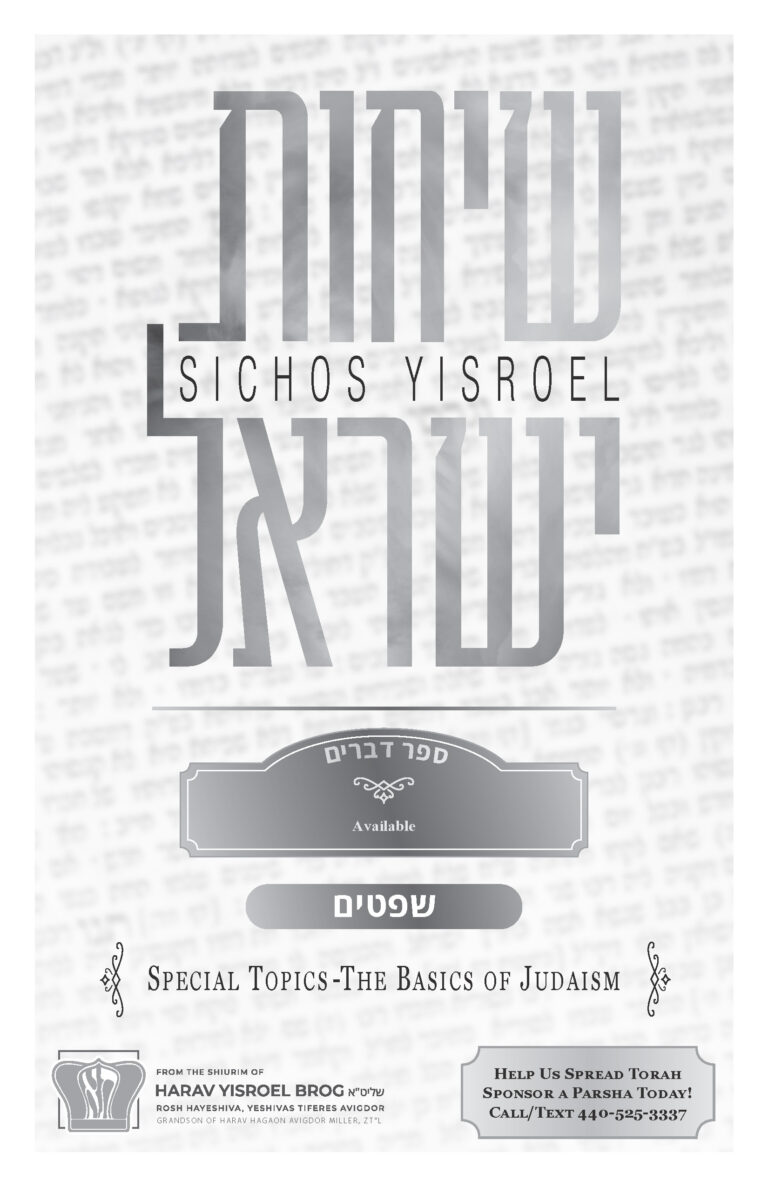
Now, this principle of Creation and Control is such an important principle because everything about life for every individual, Jew, and non-Jew, is built upon these two things. It refers to the fact that I’m created and the fact that somebody exerts control over the world and over my life.
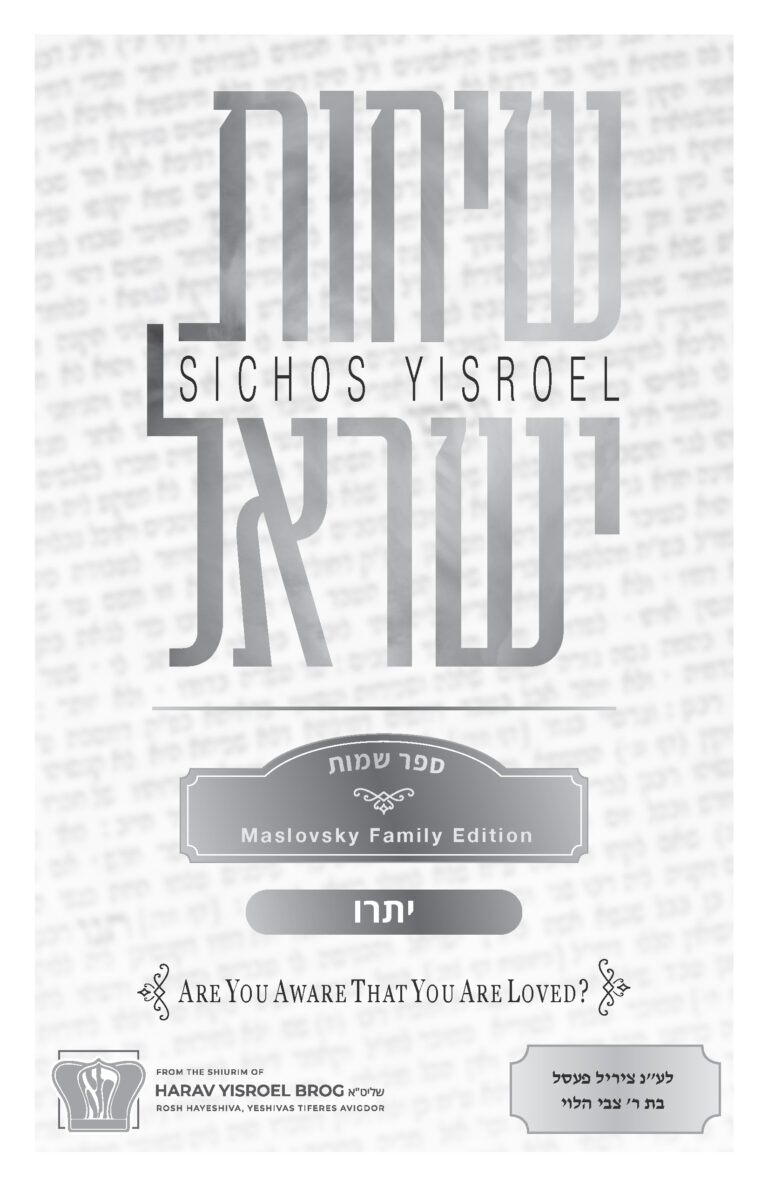
The first passuk in this week’s parshah begins by telling us the following: וישמע יתרו כהן מדין חתן משה, Yisro (who was the priest of Midian, and the father-in-law of Moshe), heard, את כל אשר עשה אלקים למשה ולישראל עמו, everything that Hashem did for Moshe and for His Nation Israel כי הוציא ה’ את ישראל ממצרים, that Hashem had taken Bnei Yisrael out of Mitztrayim (Shemos 18:1).
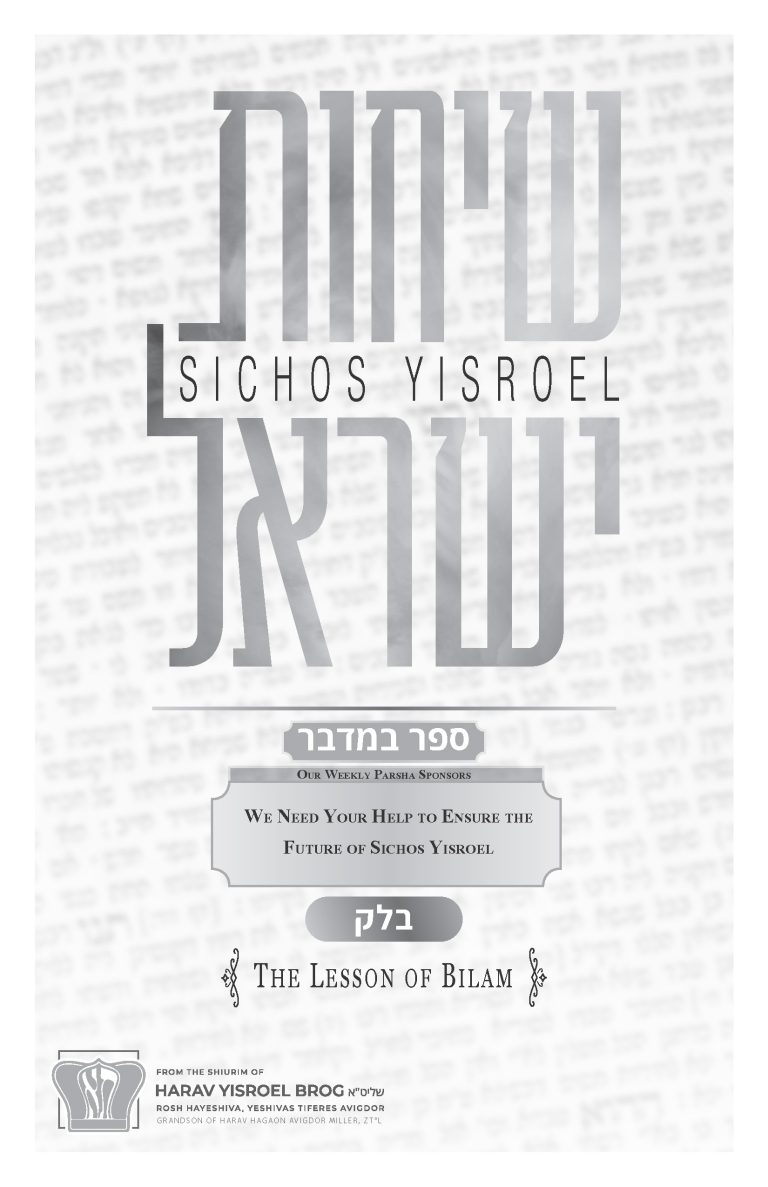
I once met an outstanding, interesting person. He was my driver. He told me an amazing ma’aseh. He got very angry one time. His anger built up over a couple of days, until his blood pressure boiled over and he had a massive heart attack that sent him into a total coma. He was in a coma for three or four months. People were davening for him, but his condition was not improving. Gornisht. Finally, a very special rav came to this fellow’s room and davened in his room shacharis, minchah,and Ma’ariv out loud. After a week of davening and saying Tehillim, finally he said to the guy, “Steven! It’s time to wake up! Do you want to wake up?”
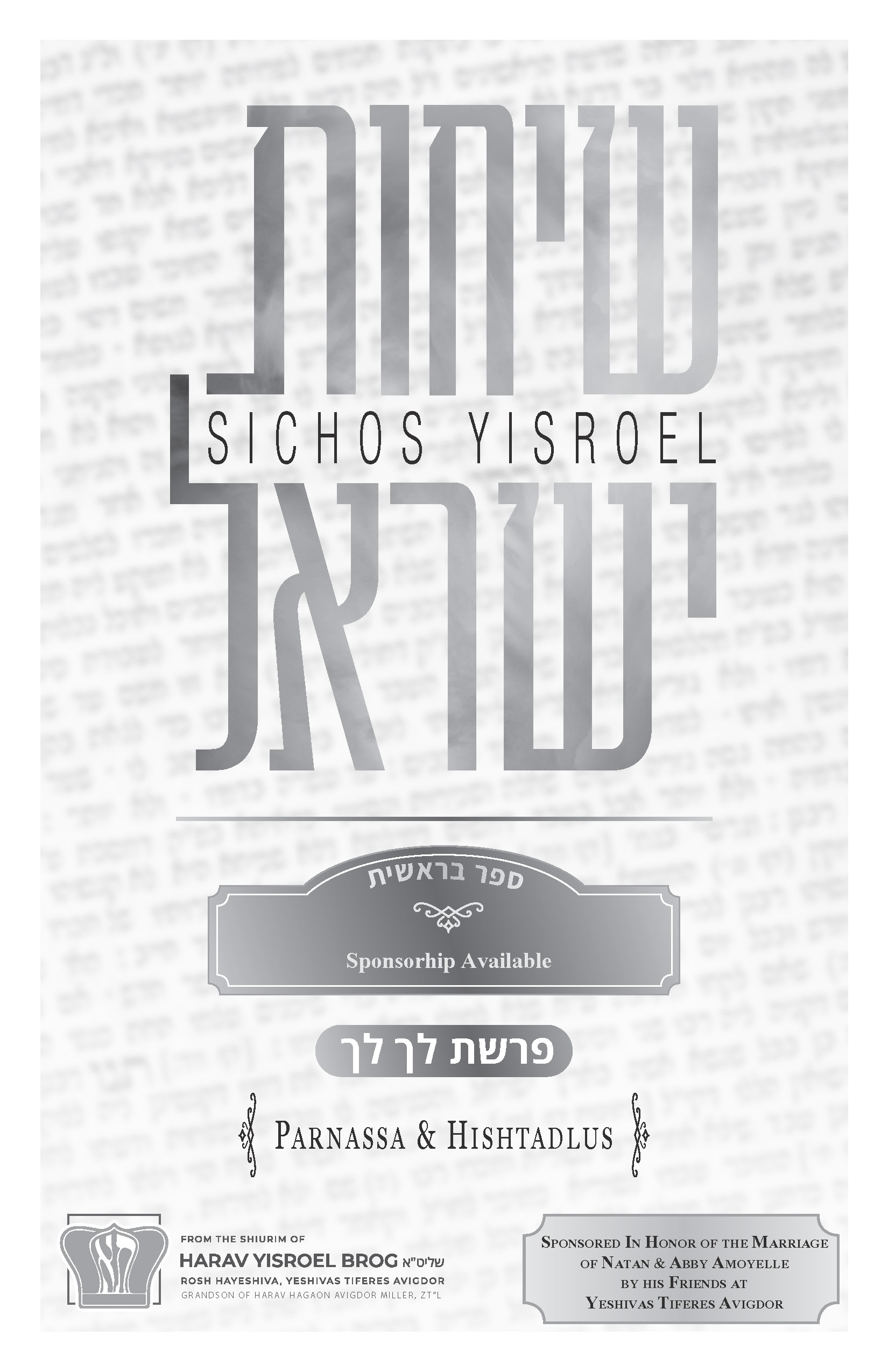
These parshiyos deal with the development of our Avos, and the common theme between all the challenges that Hashem put our Avos through is Emunah. Throughout our lifetime, challenges never cease. You should know that each one of us, in some form or fashion, endures the ten nisyonos of Avraham Avinu.
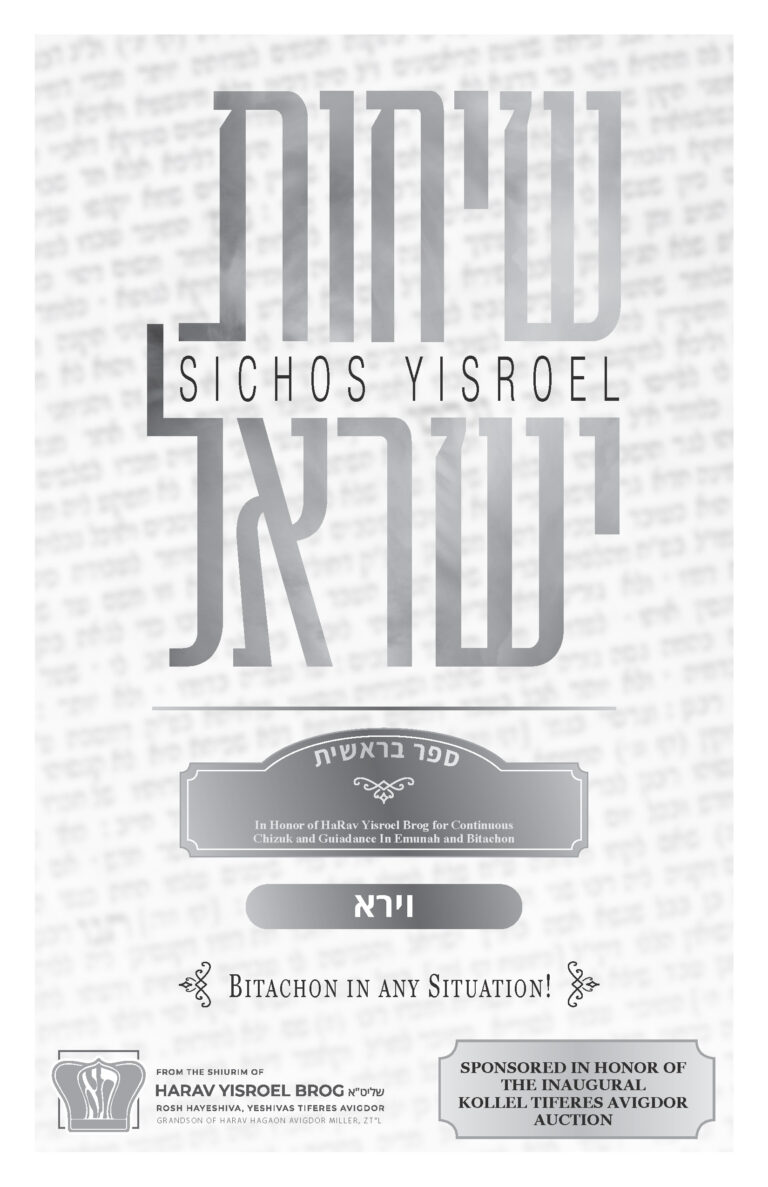
These parshiyos of the Torah teach us the foundation of our lives. A foundation is something upon which other things are built. If you have a small foundation, you can build a small binyan. If you have a large foundation, you can build a large binyan.